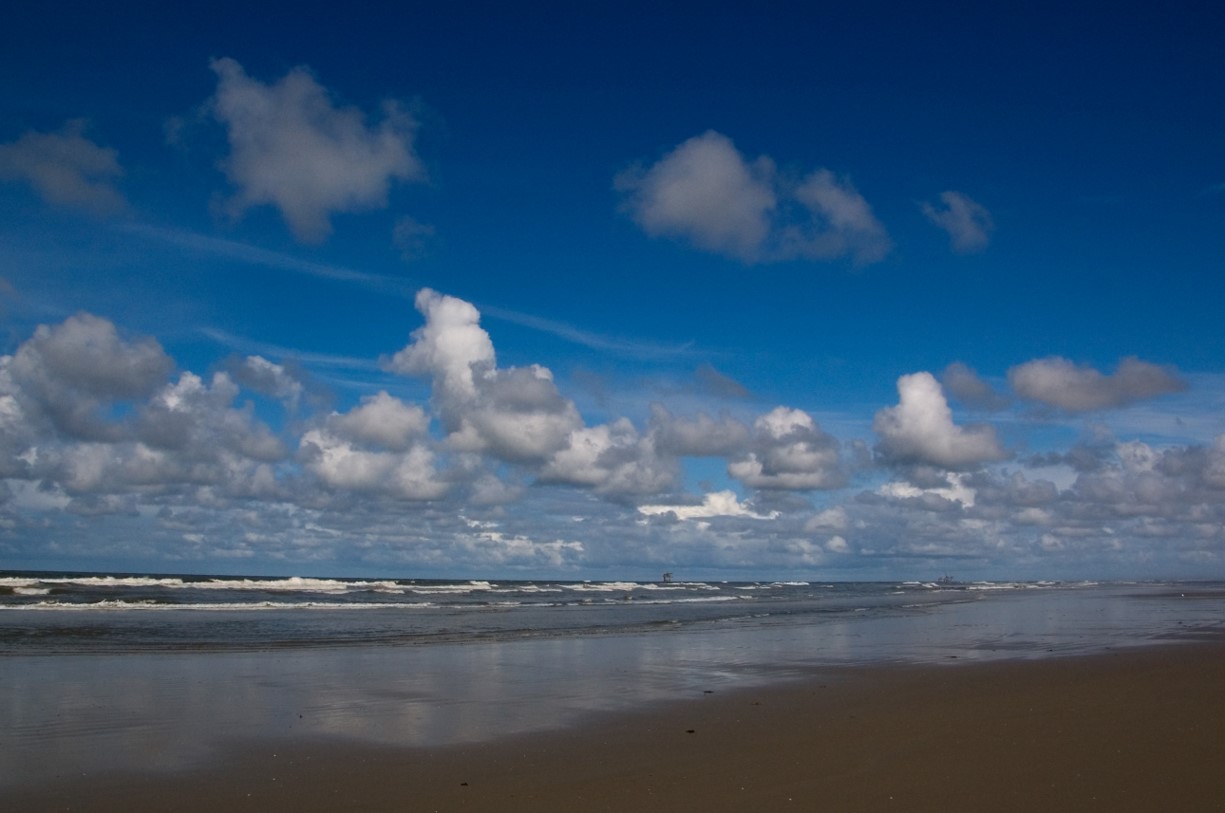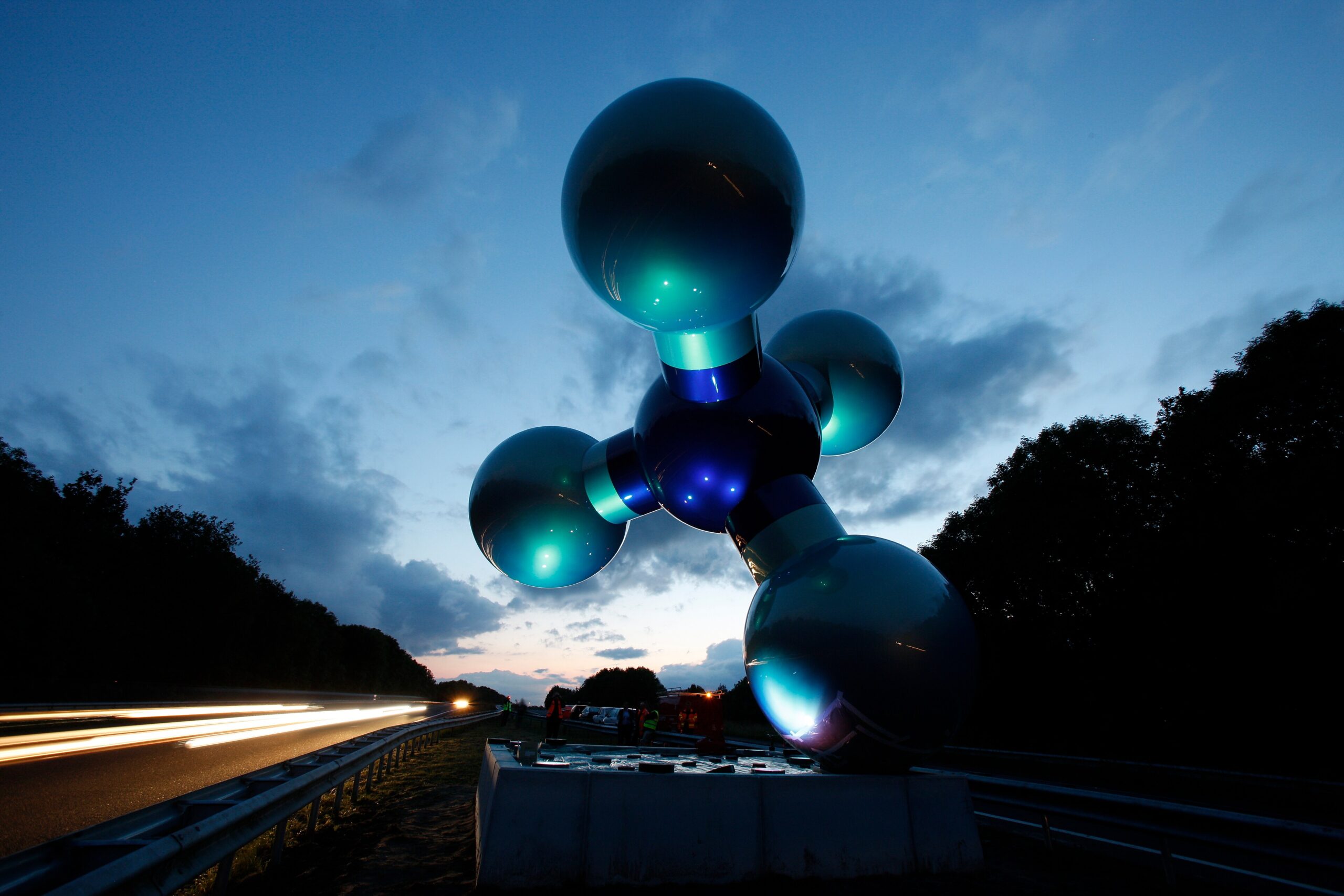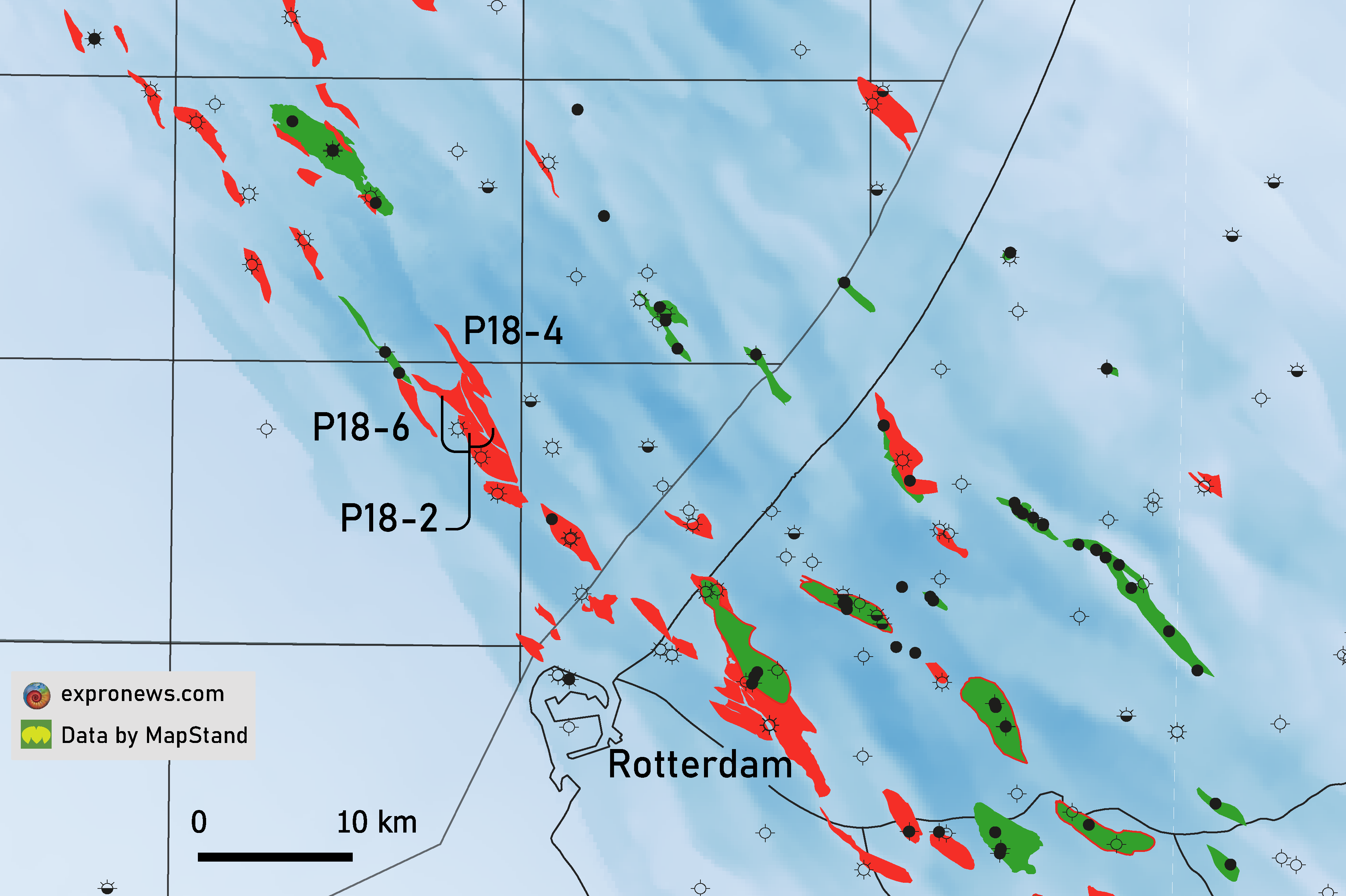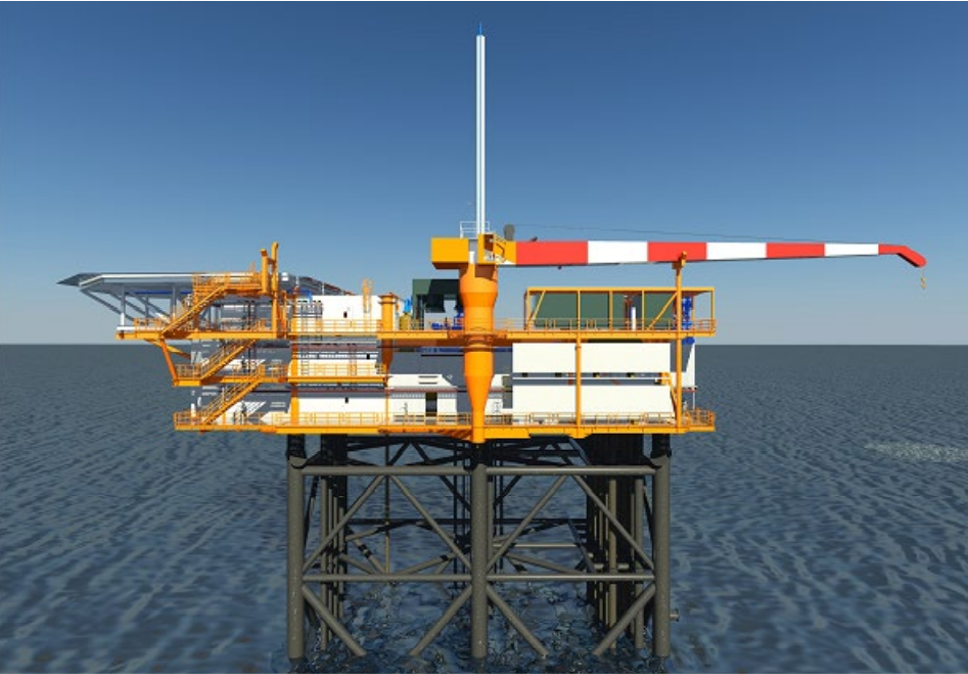The energy transition is not a choice, it is a must, provided that countries such as the Netherlands want to keep a certain amount of autonomy over energy supply.
In a graph published this week by EBN, the Dutch state-owned company that participates in many oil and gas developments, it can nicely be seen how the production of gas from both onshore and offshore is falling off a cliff at the moment and how renewables have to pick up drastically in order to meet demand. To bridge the gap, gas import will be the only feasible solution for the medium term.
What are the messages that can be taken away from this graph?

Groningen effect
First of all, production of onshore gas is still largely based on the giant Groningen field. It is well known that this field will cease production in 2022, but production has already been lowered in the past few years, causing the rapid fall seen in the graph. The tiny bit of onshore gas production in the years following the Groningen shut down will come from a variety of small fields. In an agreement the Dutch government recently announced, onshore production from small fields will be supported by The Hague.
Offshore decline
The offshore gas production shows a more gradual decline, which is caused by the fact that there are numerous small fields contributing to this. Even though the trend can probably not be reversed, the area will remain a focus of exploration in the years to come, with the small chance of finding something significant as long as wells are being drilled.
Geothermal remains a small player
Despite the fact that geothermal energy is very much in the public eye – and for the right reasons – the role it is projected to play in the years to 2050 is fairly limited. In the meantime, there are lots of initiatives to grow the sector, such as an announcement that the city of Zwolle in the north of the country is going to experiment with a new drilling technique whereby the producer well will consist of multilaterals in order to boost production. At the same time, a Canadian player is investigating whether it can drill closed loop systems, connecting the producer and injector with a long sections of drilled formation.
Import needed
As Barthold Schroot, programme manager Advice & Innovation at EBN, put it in his LinkedIn post dedicated to the graph this week, even in the most optimistic scenario of a dramatic increase in energy production from offshore and onshore wind, the gap between energy demand (which is projected to decrease significantly) will only be bridged through gas import at least in the 30 years ahead of us, if not longer.
This has led quite some people to suggest that nuclear is the only way to reduce dependency on import. It also shows that domestic gas production is rightly being supported – despite it being offshore only – not the least because it is less CO2 intensive than piping it from countries such as Russia. However, with about 800 BCM (127 MMboe) left in Groningen, onshore production may in dire times be an option even though nobody talks about that just now.
HENK KOMBRINK





